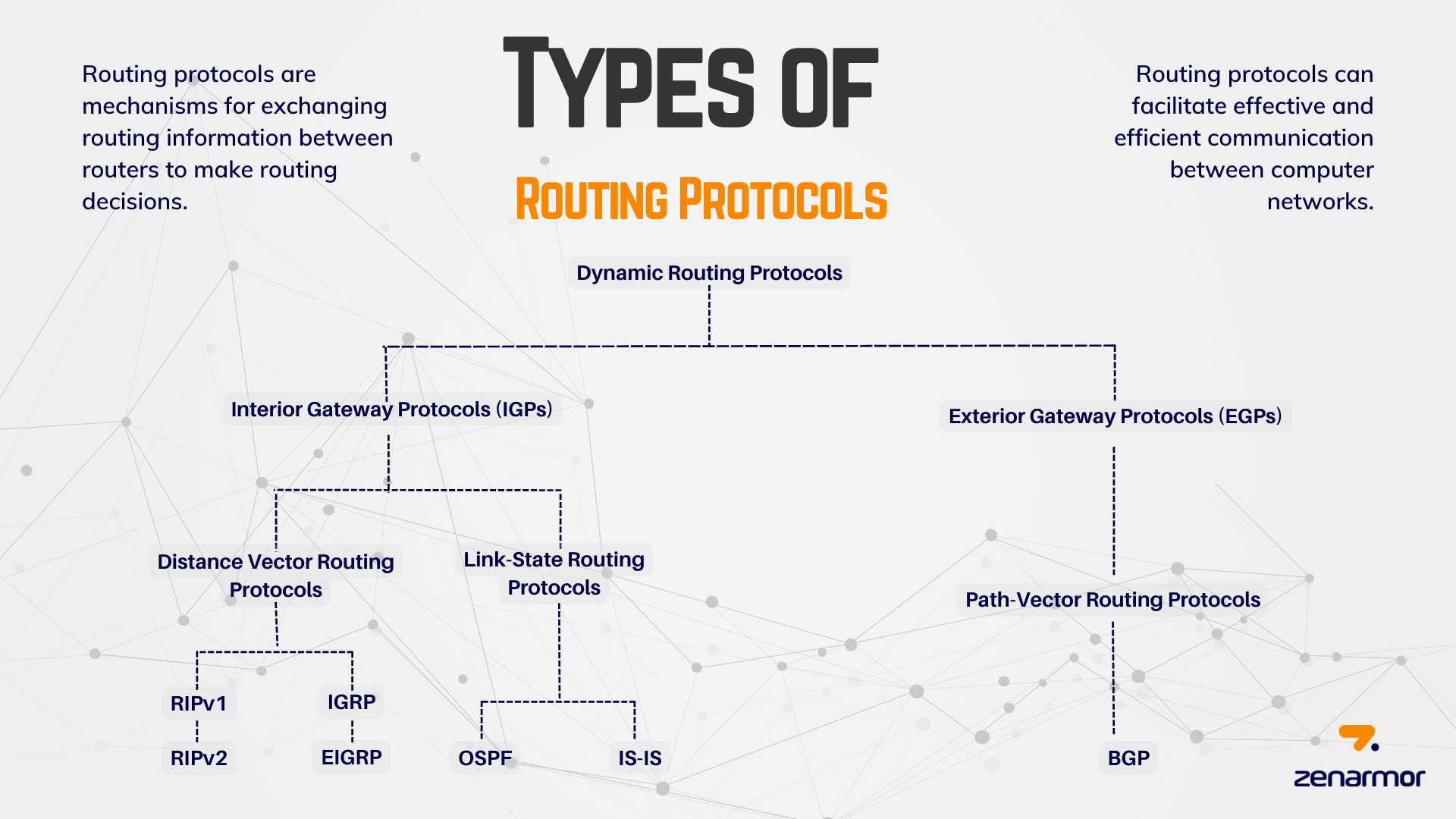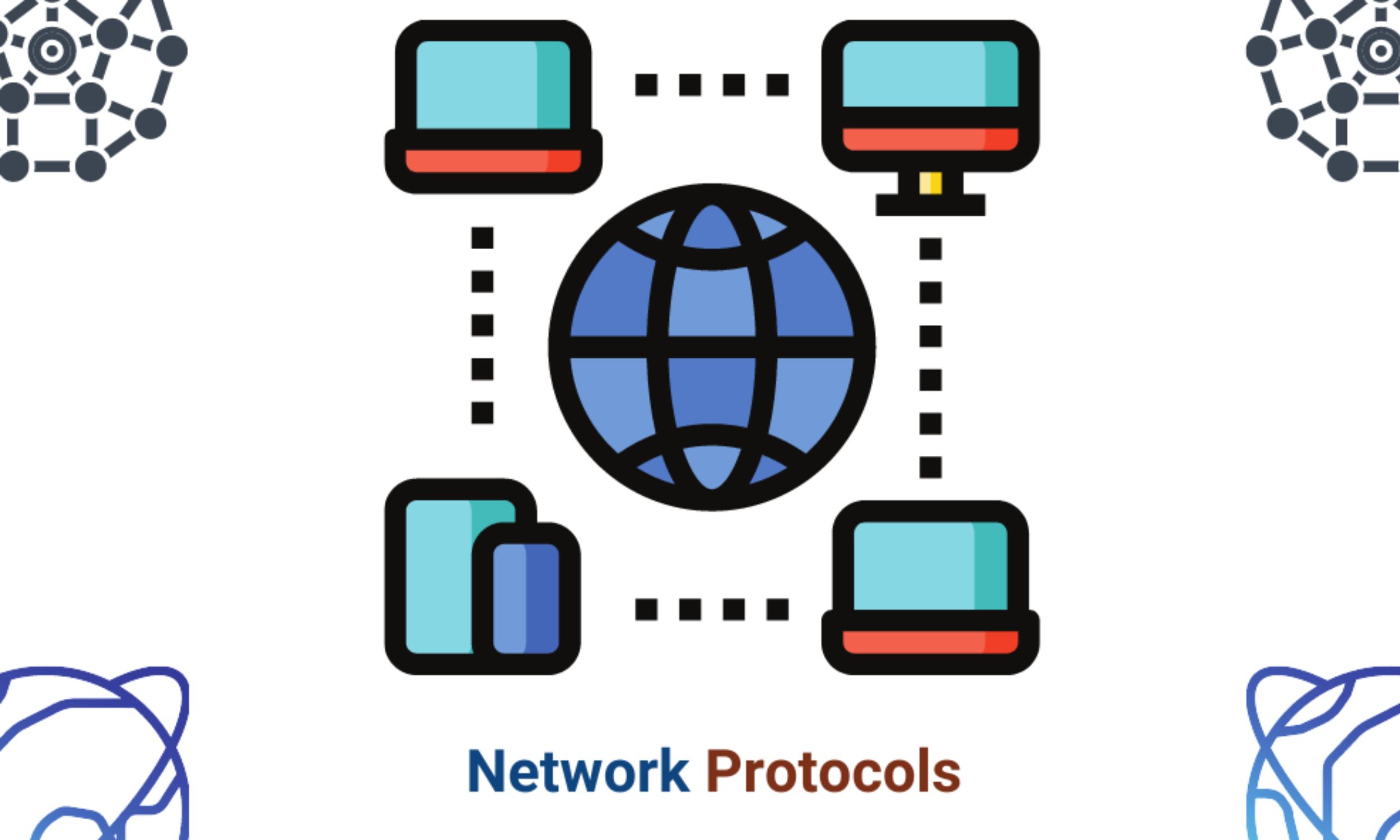Introduction
Have you ever wondered how information seamlessly travels through the vast web, reaching your device with just a click? Well, that’s the magic of routing protocols! Let’s break down the complexities and explore the seven types that make our digital interactions possible.
Routing Information Protocol (RIP)
RIP, or the old and reliable grandparent of routing protocols, is like a traditional map that might take longer to navigate but gets you there eventually. It’s simple, but sometimes simplicity is key, especially in small networks.
Open Shortest Path First (OSPF)
OSPF is the savvy GPS of routing protocols. It calculates the shortest route like your GPS finds the quickest path, ensuring data reaches its destination without unnecessary detours.
Interior Gateway Routing Protocol (IGRP)
IGRP is the diplomatic envoy among routing protocols, sharing information and cooperating closely with neighboring routers to keep the network harmonious and efficient.
Enhanced Interior Gateway Routing Protocol (EIGRP)
Picture EIGRP as the upgraded sports car of routing protocols. It not only finds the fastest route but adapts in real-time, optimizing the journey as network conditions change.
Exterior Gateway Protocol (EGP)
When it comes to connecting different networks, EGP acts as the multilingual diplomat, facilitating communication between networks that speak different “languages.”
Border Gateway Protocol (BGP)
In the world of international data exchange, BGP is the seasoned ambassador. It handles the complex negotiations between different networks, ensuring the smooth flow of information globally.
Intermediate System-to-Intermediate System (IS-IS)
IS-IS is like the regional guide who understands the local nuances. It efficiently navigates within a specific area, making it an ideal choice for large networks with diverse requirements.
Understanding the Basics of Routing Protocols
Now that we’ve met our routing protocol celebrities let’s take a step back and understand the basics. Imagine your computer is a sender, and the destination is like a friend’s house. The routing protocol is the trusted map or GPS that guides your data through the maze of networks to reach its friend.
How Routing Protocols Impact Internet Speed?
Ever experienced slow internet despite having a high-speed connection? Routing protocols play a crucial role. It’s like having a fast car but navigating through a congested city. Choosing the right protocol ensures your data takes the expressway, reaching its destination faster.
Choosing the Right Routing Protocol for Your Network
Selecting a routing protocol is like picking the right vehicle for a road trip. Consider the size of your network, the complexity of your data, and how fast you need it to travel. Each protocol has its strengths, so choose wisely to optimize your digital journey.
The Evolution of Routing Protocols: Past, Present, and Future
Just like technology, routing protocols evolve. From the simplicity of RIP to the sophistication of BGP, the journey has been remarkable. Explore the past, understand the present, and get a glimpse of the exciting future of routing protocols.
Common Issues and Troubleshooting in Routing Protocols
Even the best-planned road trips can encounter unexpected detours. We’ll delve into common issues in routing protocols and equip you with troubleshooting tips to ensure a smooth digital journey.
Security Measures in Routing Protocols
In the world of digital highways, security is paramount. Discover the security measures embedded in routing protocols to safeguard your data from potential threats and cyber detours.
Routing Protocols: A Comparative Analysis
Curious to know which routing protocol suits your network best? We’ll compare the pros and cons, helping you make an informed decision and ensuring your data travels the most efficient route.
The Role of Artificial Intelligence in Routing Protocols
As we step into the future, artificial intelligence is becoming a game-changer in routing protocols. Explore how AI is enhancing efficiency, predicting network changes, and optimizing the digital journey in real time.
Conclusion
In the ever-evolving landscape of digital connectivity, understanding routing protocols is like holding the key to the city. From the simplicity of RIP to the complexity of BGP, each protocol plays a crucial role in ensuring our data reaches its destination seamlessly.
FAQs: Navigating the Digital Routes
1. How do routing protocols impact internet speed? Routing protocols significantly influence internet speed by determining the most efficient path for data. Choosing the right protocol ensures a faster digital journey.
2. Can I use multiple routing protocols in one network? Yes, you can, but it’s like having multiple GPS systems in your car—they might conflict. It’s essential to carefully plan and configure to avoid disruptions.
3. Are routing protocols vulnerable to cyber threats? Like any digital system, routing protocols can be vulnerable. However, implementing security measures can safeguard your network from potential threats.
4. How often should I update my routing protocols? Regular updates are crucial to adapt to changing network conditions. The frequency depends on the size and dynamics of your network.
5. Is artificial intelligence replacing traditional routing protocols? AI is augmenting traditional protocols, making them smarter and more adaptive. However, it’s more of a collaboration than a replacement, ensuring the best of both worlds.
Embark on this digital journey with newfound knowledge about routing protocols, and may your data always find the fastest, safest route to its destination!



